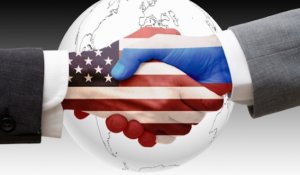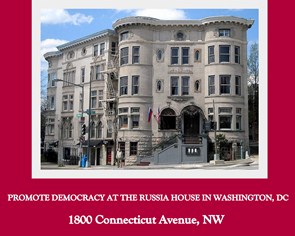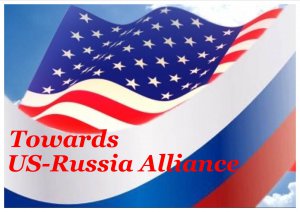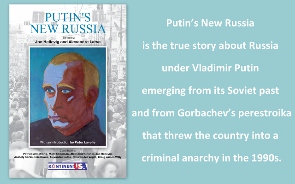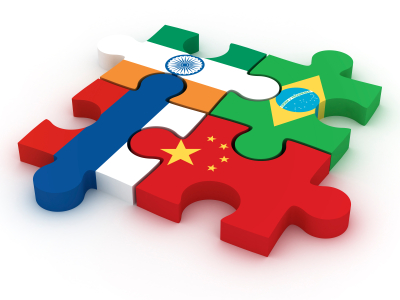
 At China's invitation, both Russian prime minister Dmitry Medvedev and Indian prime minister Manmohan Singh arrived in Beijing on Tuesday. Some Western political strategists wonder whether a new "China-India-Russia alliance" is looming.
At China's invitation, both Russian prime minister Dmitry Medvedev and Indian prime minister Manmohan Singh arrived in Beijing on Tuesday. Some Western political strategists wonder whether a new "China-India-Russia alliance" is looming.Back in the 1990s, former Russian prime minister Yevgeny Primakov first came up with the idea of a trilateral alliance between Russia, China and India, with a major breakthrough occurring in July 2006 at the G8 summit in St Petersberg when President Vladimir Putin organized a meeting between the leaders of the three countries at the time.
During the Oct. 22 visit, Medvedev signed a US$85 billion deal for Russia to supply 10 million tonnes of oil to China every year for the next 10 years, while Singh is believed to be attempting to foster stronger trade relations between India and China while resolving a border dispute.
The high-profile diplomatic visits made by President Xi and Premier Li Keqiang have been the center of focus since they took office in March, with many observers suggesting that China's new leadership is striving to strengthen regional ties.
Li visited India and Pakistan in May, while Xi visited four central Asian nations last month. Xi and Li also each made separate trips to five Southeast Asian nations earlier this month around the time of the APEC summit in Bali.
Analysts suggest that it is a sign that the three countries remain very interested in creating a trilateral alliance so as to counterbalance the U.S. predominating clout over the Asia-Pacific region.
Not a few Chinese strategists believe China's regional influence is likely to continue to rise in the next five to 10 years while US power will continue to decline, though this would not change the fact that the chances of a so-called "China-Russia-India alliance" are close to zero. At least the timing is yet to be mature.


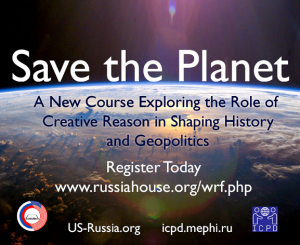
_jpg/250px-ElbeDay1945_(NARA_ww2-121).jpg)
